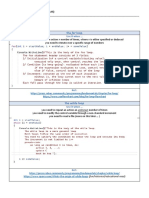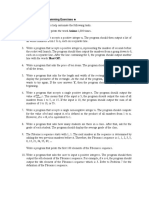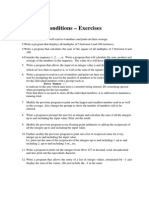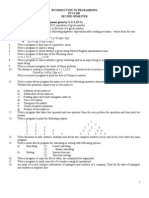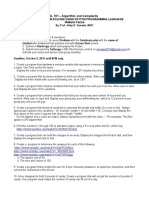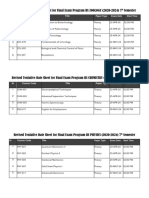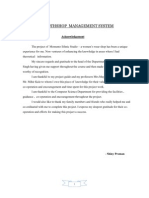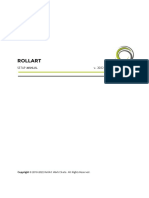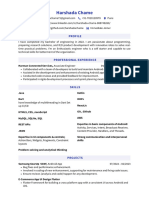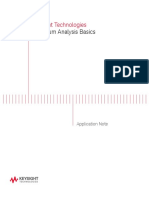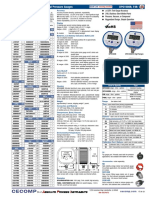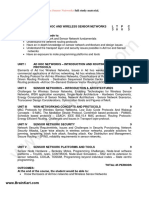0% found this document useful (0 votes)
52 views3 pagesPractice
The document outlines a series of programming tasks that involve basic arithmetic operations, grade conversion, summation, number manipulation, and drawing shapes. Each task specifies input requirements, expected output, and enhancements for additional functionality. The tasks also cover concepts such as arrays, prime number checking, and user interaction through loops.
Uploaded by
pilirom965Copyright
© © All Rights Reserved
We take content rights seriously. If you suspect this is your content, claim it here.
Available Formats
Download as TXT, PDF, TXT or read online on Scribd
0% found this document useful (0 votes)
52 views3 pagesPractice
The document outlines a series of programming tasks that involve basic arithmetic operations, grade conversion, summation, number manipulation, and drawing shapes. Each task specifies input requirements, expected output, and enhancements for additional functionality. The tasks also cover concepts such as arrays, prime number checking, and user interaction through loops.
Uploaded by
pilirom965Copyright
© © All Rights Reserved
We take content rights seriously. If you suspect this is your content, claim it here.
Available Formats
Download as TXT, PDF, TXT or read online on Scribd
/ 3






